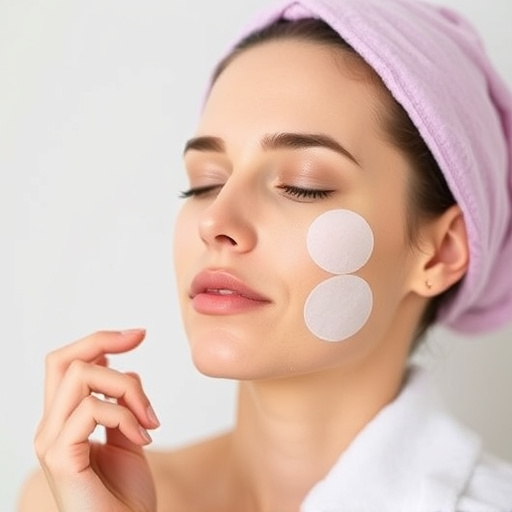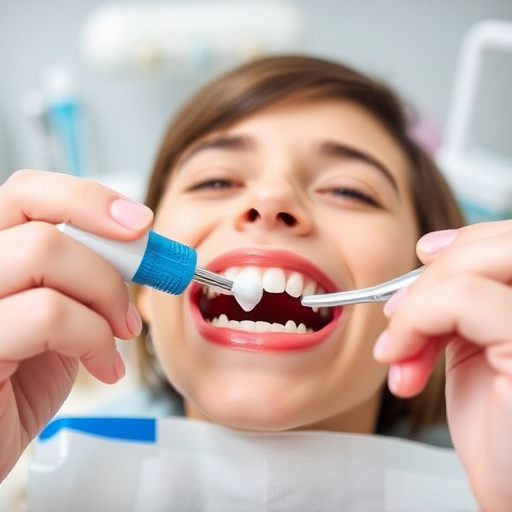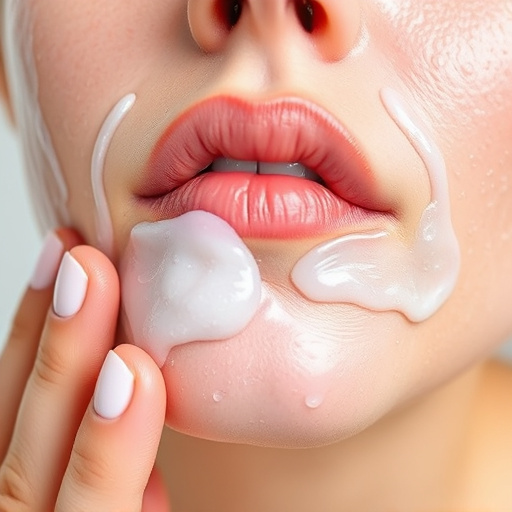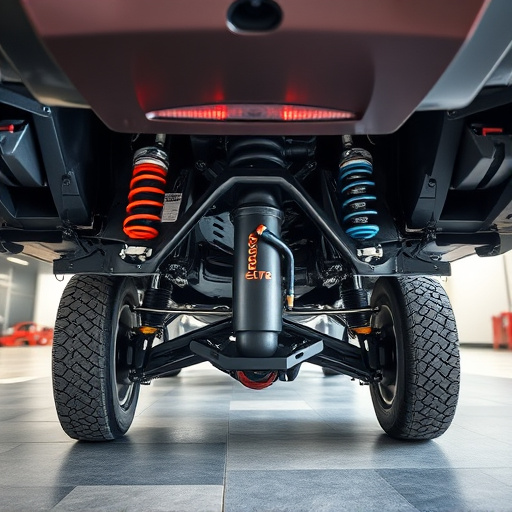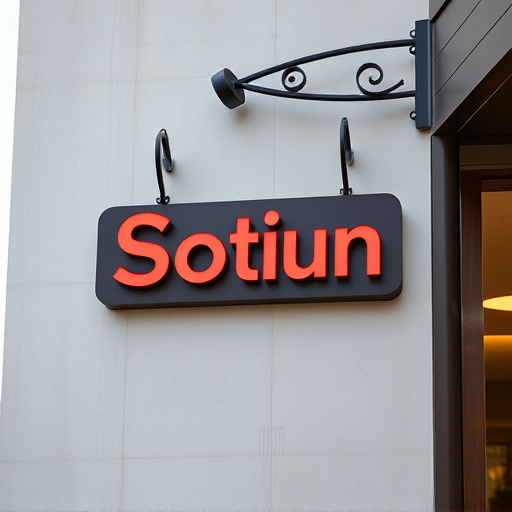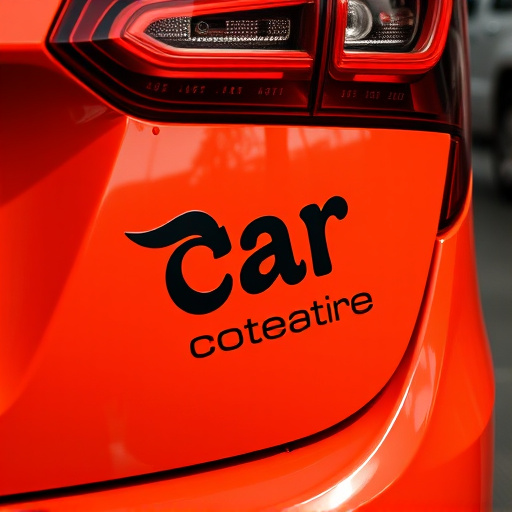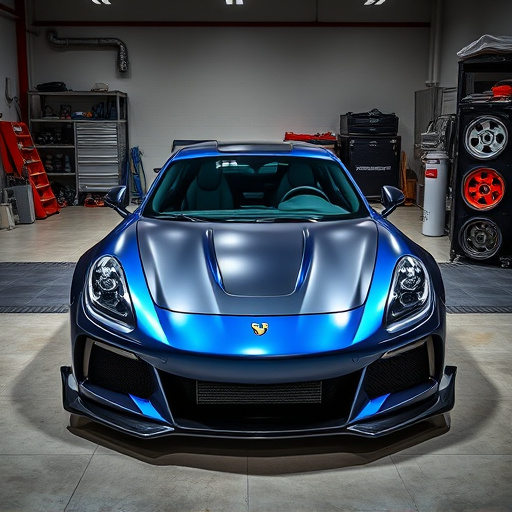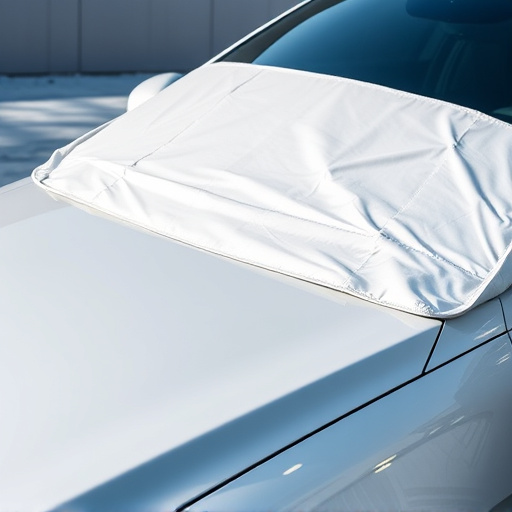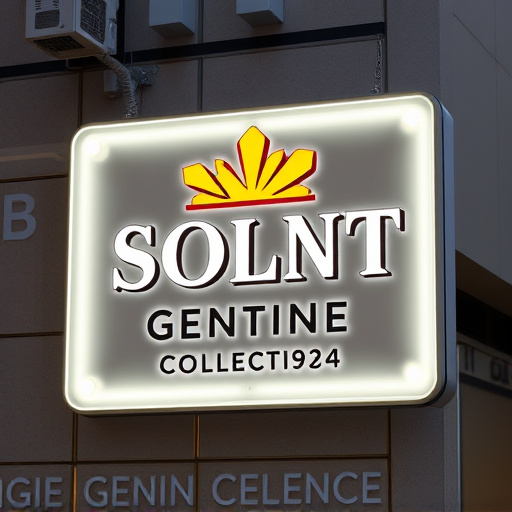Mirror protection films offer a durable and clear solution for safeguarding vehicle mirrors from damage, including scratches, cracks, and UV rays. Crafted from high-impact polycarbonate materials, these films enhance driving comfort in hot weather while preserving optimal performance and longevity. By optimizing light transmission, they provide brighter and sharper reflections, improving visibility in challenging conditions. For car enthusiasts prioritizing safety and aesthetics, mirror protection film is a valuable tool that contributes to safer driving and preserves the vehicle's appearance. Combining high-quality films with custom graphics ensures robust protection without sacrificing transparency for an enhanced driving experience.
“Unveil the impact of mirror protection film on mirror clarity—a critical factor in maintaining aesthetics and functionality. This article delves into the world of mirror protection films, exploring their materials, composition, and how they influence light transmission. We dissect the delicate balance between protective layers and transparency, offering insights for achieving optimal mirror clarity when applying these films. Discover strategies to enhance visual clarity while safeguarding your mirrors from everyday wear and tear.”
- Understanding Mirror Protection Films: Materials and Composition
- The Impact on Clarity: How Mirror Protection Film Affects Light Transmission
- Balancing Protection and Transparency: Strategies for Optimal Mirror Clarity with Film Applications
Understanding Mirror Protection Films: Materials and Composition

Mirror protection films are designed to safeguard your mirrors from scratches, chips, and other forms of damage, enhancing their longevity and preserving their clarity. These films are typically made from high-quality, impact-resistant materials that offer excellent durability. The composition often includes layers of polycarbonate or similar materials, which are known for their exceptional scratch resistance and ability to block harmful UV rays.
Understanding the materials used in mirror protection films is crucial when considering their effectiveness. Unlike traditional coatings, these films adhere directly to the mirror’s surface, providing a protective barrier without altering its reflective properties. They are designed to withstand extreme conditions, including exposure to heat from the sun, which is a significant concern for vehicle mirrors, and can even enhance heat rejection, contributing to improved driving comfort during hot weather.
The Impact on Clarity: How Mirror Protection Film Affects Light Transmission
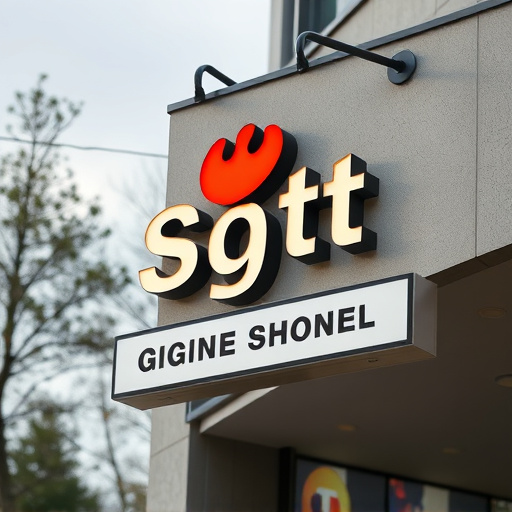
The impact on clarity when using mirror protection film is a topic of interest for many vehicle enthusiasts and those looking to enhance their car’s appearance. This film, designed as a protective layer, can significantly affect how light interacts with your mirrors, which directly impacts visual clarity. The primary function of mirror protection film is to safeguard the reflective surface from scratches, cracks, and other forms of damage that could compromise its integrity. By blocking certain wavelengths of light and altering their path, the film can enhance the overall brightness and sharpness of what you see in your mirrors.
When it comes to vehicle enhancements or paint correction, mirror protection film plays a unique role. It acts as a barrier, ensuring that the delicate surface of your mirrors remains pristine while allowing optimal light transmission for improved visibility. This is especially crucial for those who drive in adverse weather conditions or frequent off-road adventures, where elements like dirt, debris, and UV rays can degrade mirror quality over time. By preserving clarity, this film contributes to safer driving experiences and enhances the overall aesthetic appeal of your vehicle, making it a valuable investment in both functionality and style.
Balancing Protection and Transparency: Strategies for Optimal Mirror Clarity with Film Applications
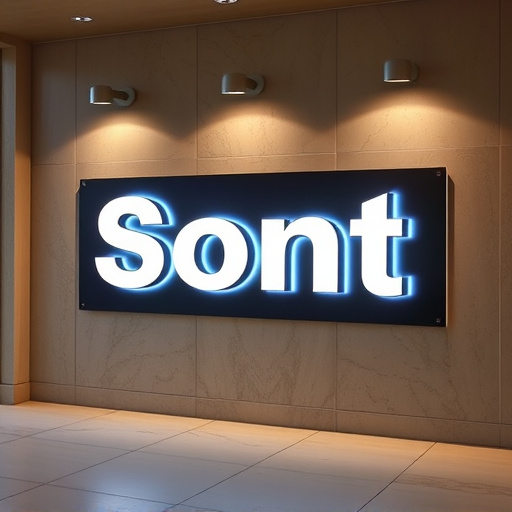
Mirror protection film is a popular choice for maintaining clear visibility while safeguarding mirrors from damaging impacts. However, achieving optimal mirror clarity with these films requires a delicate balance. The primary challenge lies in selecting a film that offers adequate scratch resistance and impact protection without compromising transparency. Many high-quality mirror protection films employ advanced technologies to enhance durability and keep reflections crisp.
To ensure the best results, consider custom vehicle wraps or graphics as an alternative application strategy. These tailored solutions allow for precise coverage of vulnerable areas while minimizing the chance of reduced clarity. By combining specialized mirror protection film with custom graphics, you can protect your mirrors effectively and preserve their crystal-clear appearance. Vehicle protection has never been more sophisticated, offering both aesthetics and functionality for a satisfying driving experience.
Mirror protection films, while designed to safeguard mirrors from scratches and damage, can indeed impact clarity. By carefully considering the materials and composition of these films, users can strike a balance between protection and transparency. Optimizing light transmission is key to preserving the mirror’s original clarity, ensuring that both aesthetics and functionality remain intact. Incorporating strategic film applications allows for enhanced protection without compromising the reflective quality, ultimately providing a clear and durable solution.
